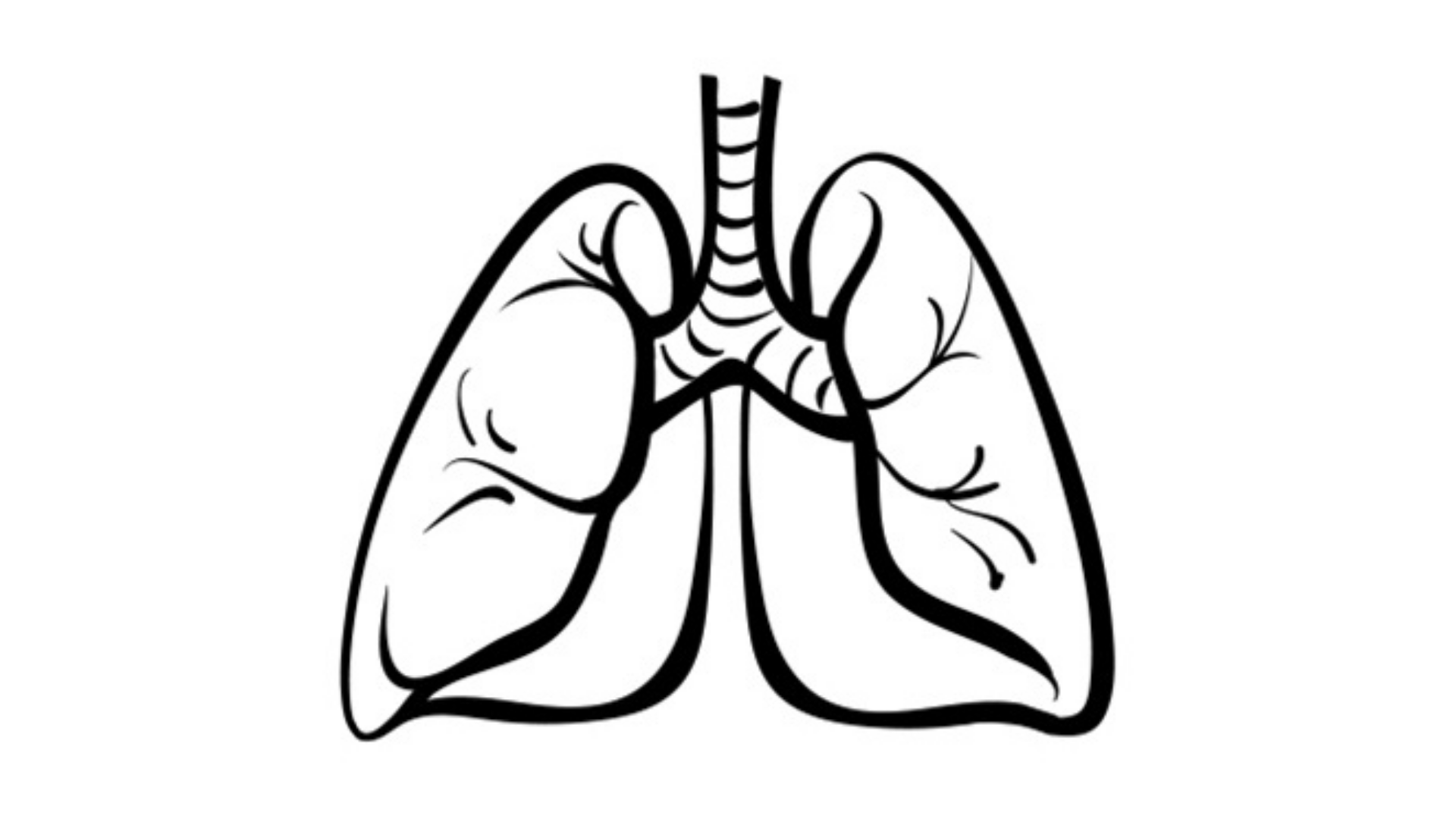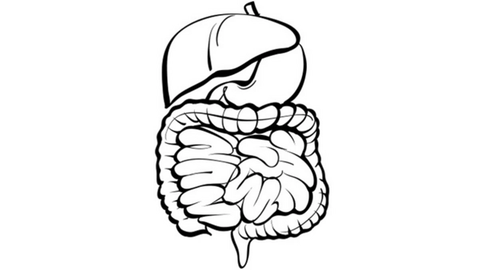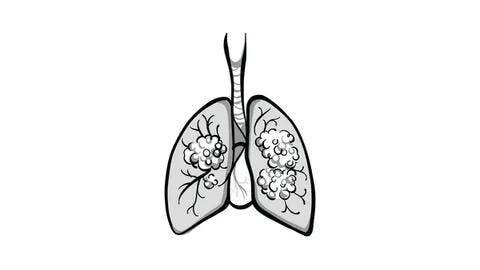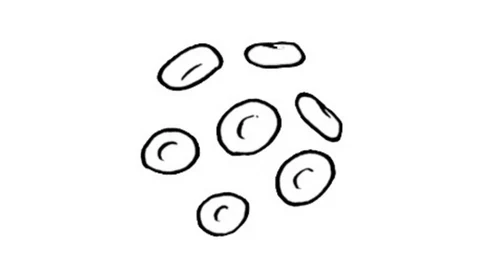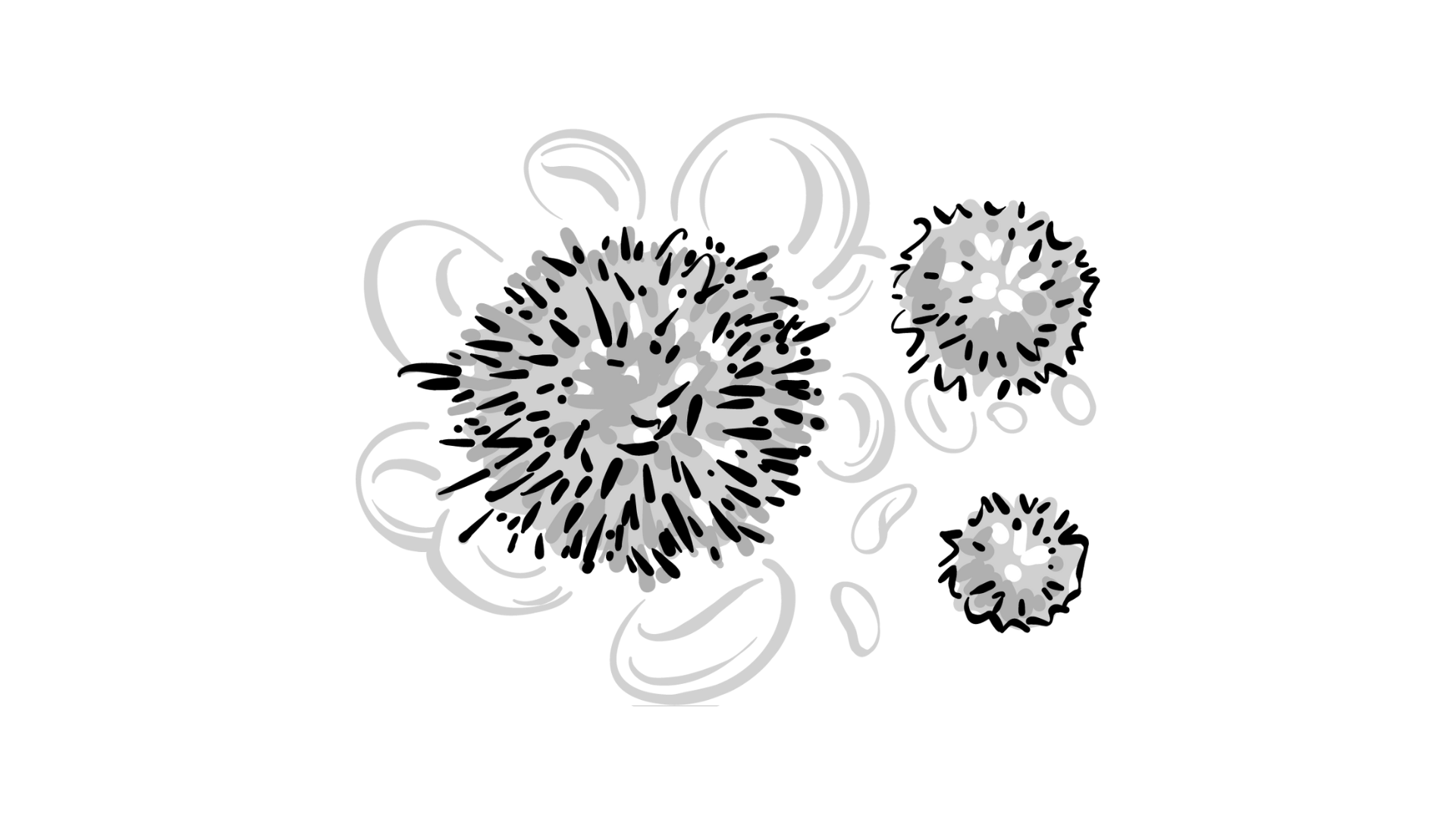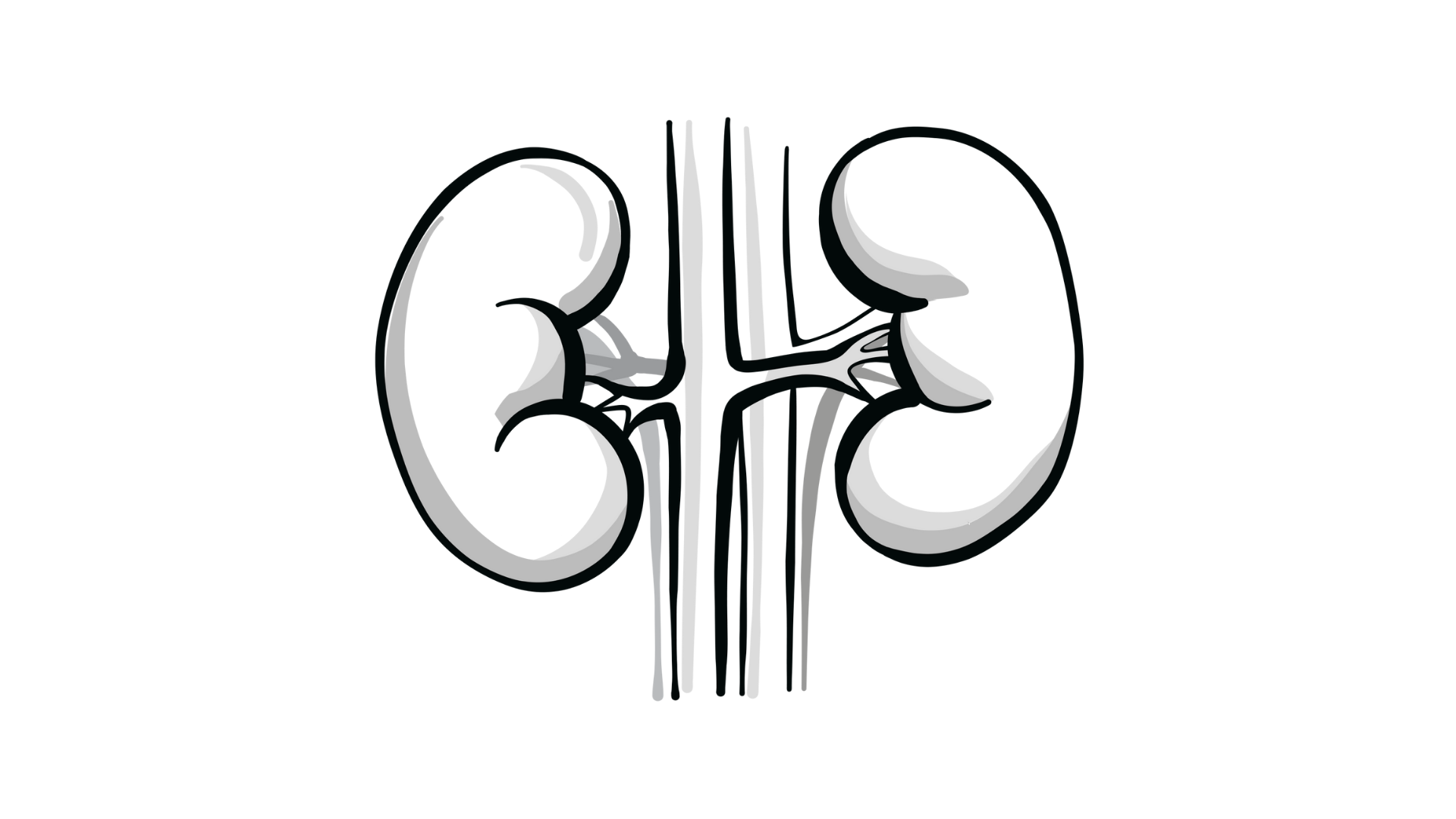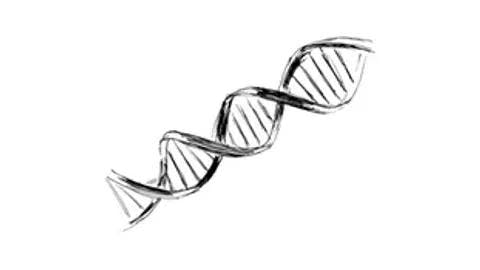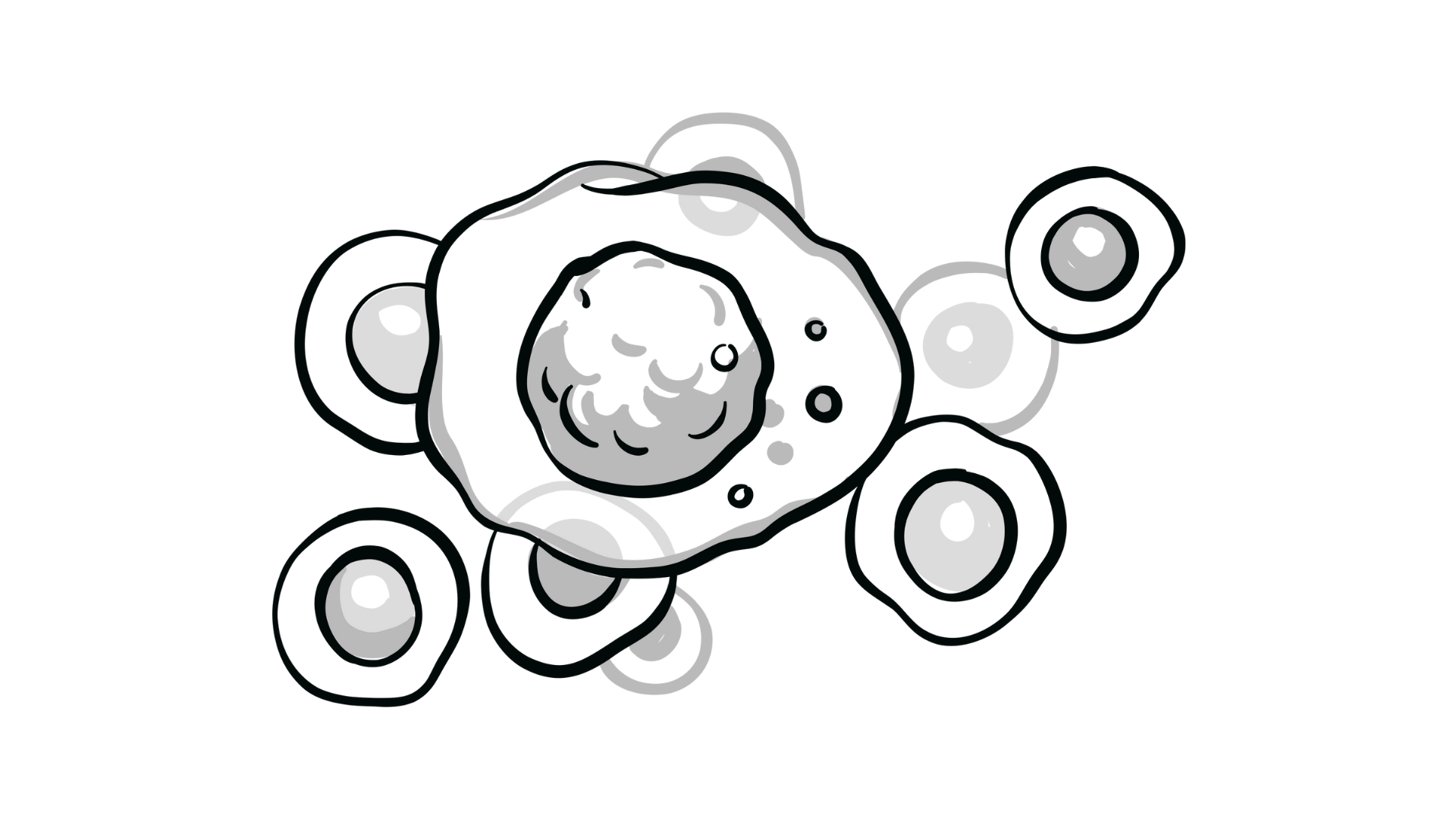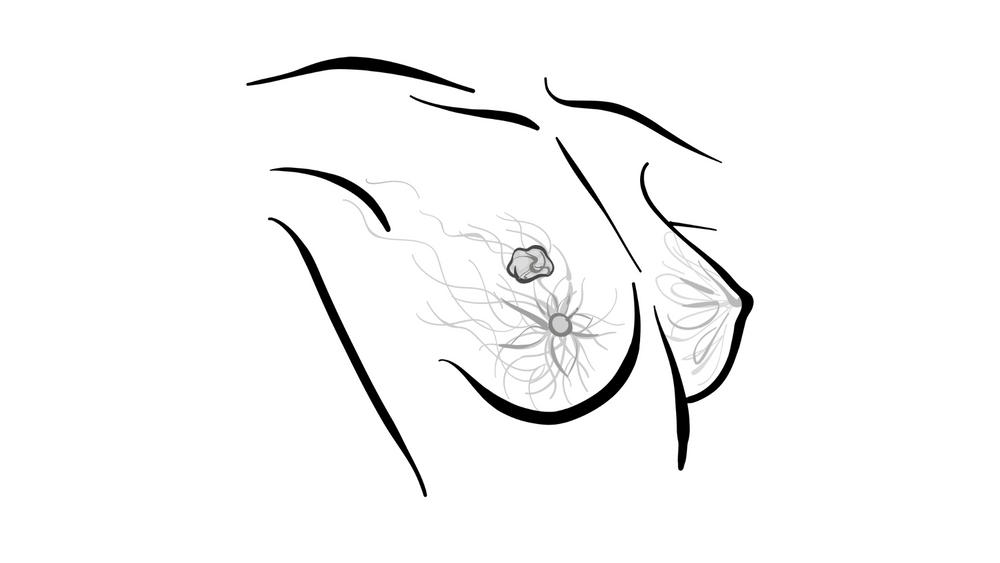Evolving Landscape for Unresectable NSCLC Is Set for Next Wave of Progress
Recent successes have been observed for patients with locally advanced, unresectable non–small cell lung cancer regarding new treatment options.
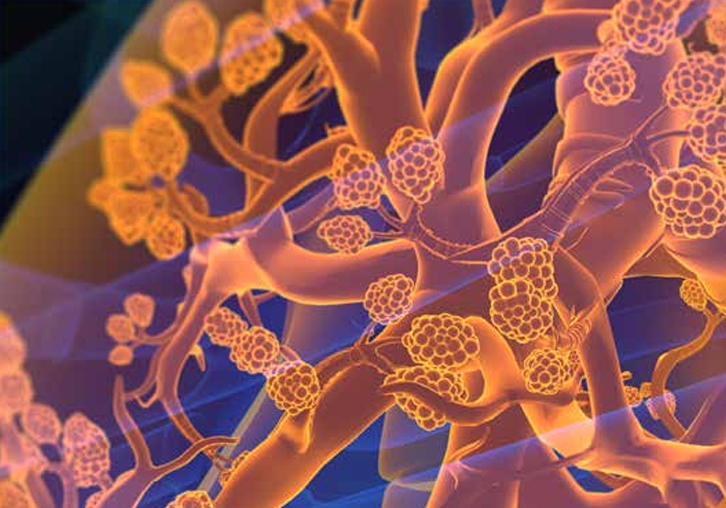
There have been major recent successes in treatment options for patients with locally advanced, unresectable non–small cell lung cancer (NSCLC), which have improved lung cancer mortality rates, according to Jeffrey Bradley, MD, FACR, FASTRO.
Bradley, the James W. Keller Distinguished Professor of Radiation Oncology at Emory University, explained in a presentation at the 20th Annual Winter Lung Cancer Conference Physicians’ Education Resource®, LLC (PER®), that the use of radiation with immunotherapy has been optimized, with or without chemotherapy, in patients with unresectable disease. And there are many ongoing clinical trials in the works that could further expand the treatment landscape for this patient population.
Previous Progress
Two trials, PACIFIC (NCT02125461) and RTOG 0617 (NCT00533949), have changed the way patients with unresectable stage III NSCLC are treated, he said.
The phase 3 RTOG 0617 study, which had a 2 × 2 factorial design, explored the use of standard-dose (60 Gy) vs high-dose (74 Gy) radiation plus concurrent chemotherapy with or without cetuximab (Erbitux) in patients with stage III NSCLC. Participants were randomly assigned to 1 of 4 treatment arms: standard-dose radiation and paclitaxel/carboplatin chemotherapy, standard-dose radiation plus chemotherapy and cetuximab, high-dose radiation and chemotherapy, and high-dose radiation with chemotherapy and cetuximab.
Long-term results showed that the median overall survival (OS) was 28.7 months for patients who received the standard dose of radiation compared with 20.3 months for those who received the high dose (HR, 1.35; 95% CI, 1.08-1.69; 2-sided P = .0072). At 5 years, the OS rates were 32.1% with 60 Gy vs 23.0% with 74 Gy (P = .007). The use of cetuximab did not considerably benefit or harm patients.1
Median progression-free survival (PFS) was 1 year with standard radiation and 0.8 years with high radiation (HR, 1.22; 95% CI, 1.00-1.51; 2-sided P = .055), and 5-year PFS rates were 18.3% and 13.0%, respectively.
“I think many of us were surprised by this result, and we spent a lot of time trying to figure out why the higher dose did more poorly,” Bradley said. He also noted that this study raised significant questions about possible limits to the radiation dose to the heart and further research showed OS can be affected if the dose to the heart is above 8.5 Gy, which could have impacted the results of the trial.2
The phase 3 PACIFIC trial investigated the use of the PD-L1 inhibitor durvalumab (Imfinzi) vs placebo following chemoradiation in patients with stage III NSCLC.
Updated findings showed that the median OS with durvalumab was 47.5 months compared with 29.1 months with placebo (HR, 0.72; 95% CI, 0.59-0.89). At 5 years, the OS rates were 42.9% and 33.4% with durvalumab and placebo, respectively.3 Bradley observed that these results were “unprecedented for this patient population.”
Median PFS was 16.9 months with durvalumab and 5.6 months with placebo (HR, 0.55; 95% CI, 0.45-0.68), and 5-year PFS rates were 33.1% and 19.0%, respectively.
According to Bradley, results were also provocative for the phase 2 COAST trial (NCT03822351), which assessed the use of durvalumab monotherapy or in combination with oleclumab or monalizumab as consolidation therapy in patients with unresectable stage III NSCLC and no progression after concurrent chemoradiation.
Median PFS was 6.3 months in the durvalumab control arm, not reached with durvalumab plus oleclumab (HR, 0.44; 95% CI, 0.26-.075), and 15.1 months with durvalumab plus monalizumab (HR, 0.65; 95% CI, 0.49-0.85). At 10 months, the PFS rates were 72.7% with durvalumab and monalizumab, 64.8% with durvalumab and oleclumab, and 39.2% with durvalumab monotherapy.4
The confirmed overall response rates were 17.9% with durvalumab, 30% with durvalumab and oleclumab, and 35.5% with durvalumab and monalizumab. The median durations of response were not reached for durvalumab, 12.9 months for durvalumab/oleclumab, and not reached for durvalumab/monalizumab.
What’s Next
Bradley noted that an avalanche of data is expected once other large phase 3 trials exploring immunotherapy and chemoradiation in this patient population are reported, including PACIFIC-2 (NCT03519971), CheckMate 73L (NCT04026412), ECOG EA5181 (NCT04092283), and KEYLYNK-012 (NCT04380636).
Other studies of interest are LU008 (NCT05624996), SKYSCRAPER-03 (NCT04513925), NRG LU004 (NCT03801902), and SPRINT (NCT03523702).
However, Bradley also suggested that further research will require a more precise definition of resectable and unresectable disease, especially after the approval of neoadjuvant nivolumab (Opdivo) and chemotherapy for patients with resectable NSCLC based on results from the CheckMate 816 trial (NCT02998528).
REFERENCES
1. Bradley JD, Hu C, Komaki RR, et al. Long-term results of NRG oncology RTOG 0617: standard- versus high-dose chemoradiotherapy with or without cetuximab for unresectable stage III non-small-cell lung cancer. J Clin Oncol. 2020;38(7):706-714. doi:10.1200/JCO.19.01162
2. Banfill K, Giuliani M, Aznar M, et al; IASLC Advanced Radiation Technology committee. Cardiac toxicity of thoracic radiotherapy: existing evidence and future directions. J Thorac Oncol. 2021;16(2):216-227. doi:10.1016/j.jtho.2020.11.002
3. Spigel DR, Faivre-Finn C, Gray JE, et al; PACIFIC Investigators. Five-year survival outcomes from the pacific trial: durvalumab after chemoradiotherapy in stage III nonsmall-cell lung cancer. J Clin Oncol. 2022;40(12):1301-1311. doi:10.1200/JCO.21.01308
4. Herbst RS, Majem M, Barlesi F, et al. COAST: an open-label, phase II, multidrug platform study of durvalumab alone or in combination with oleclumab or monalizumab in patients with unresectable, stage III non-small-cell lung cancer. J Clin Oncol. 2022;40(29):3383-3393. doi:10.1200/JCO.22.00227

Survivorship Care Promotes Evidence-Based Approaches for Quality of Life and Beyond
March 21st 2025Frank J. Penedo, PhD, explains the challenges of survivorship care for patients with cancer and how he implements programs to support patients’ emotional, physical, and practical needs.
Read More


